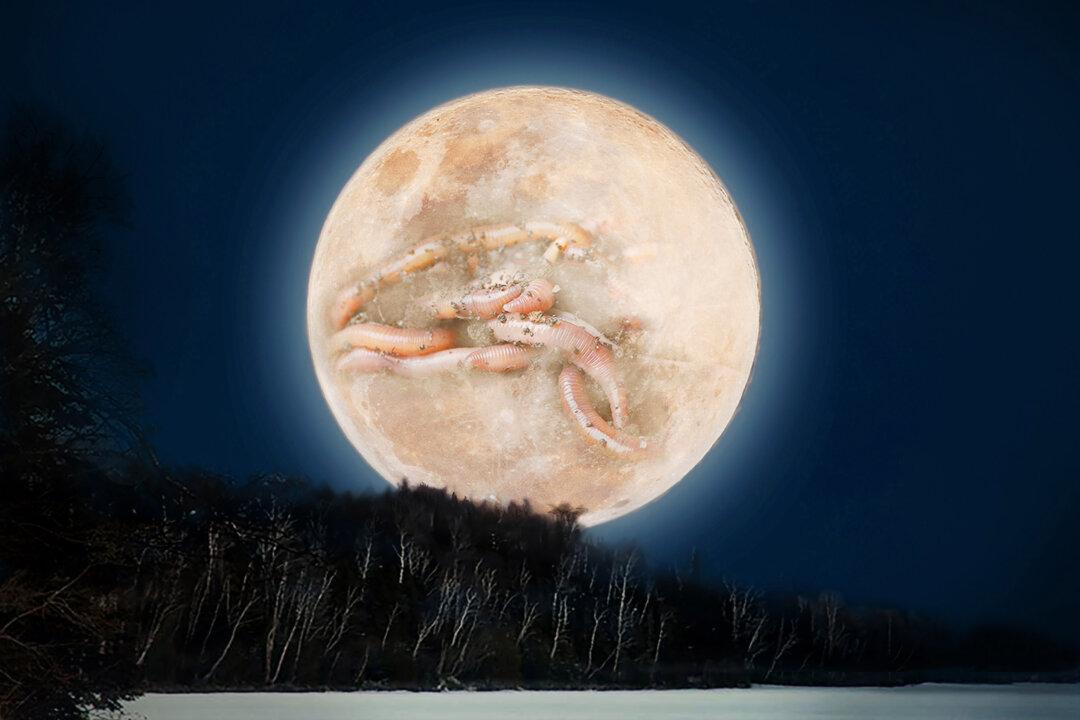In the spring, the earthworm creeps its way up through the thawing soil, while spring’s first full moon gets ready to creep likewise—up over the horizon. It might sit lower than usual, appearing to loom larger, and even taking on a reddish glow.
In a nod to this crawler’s seasonal debut, the March full moon has been dubbed the Worm Moon. This year’s will fall on Monday, March 25, reaching peak illumination at 3:00 a.m. EST.






